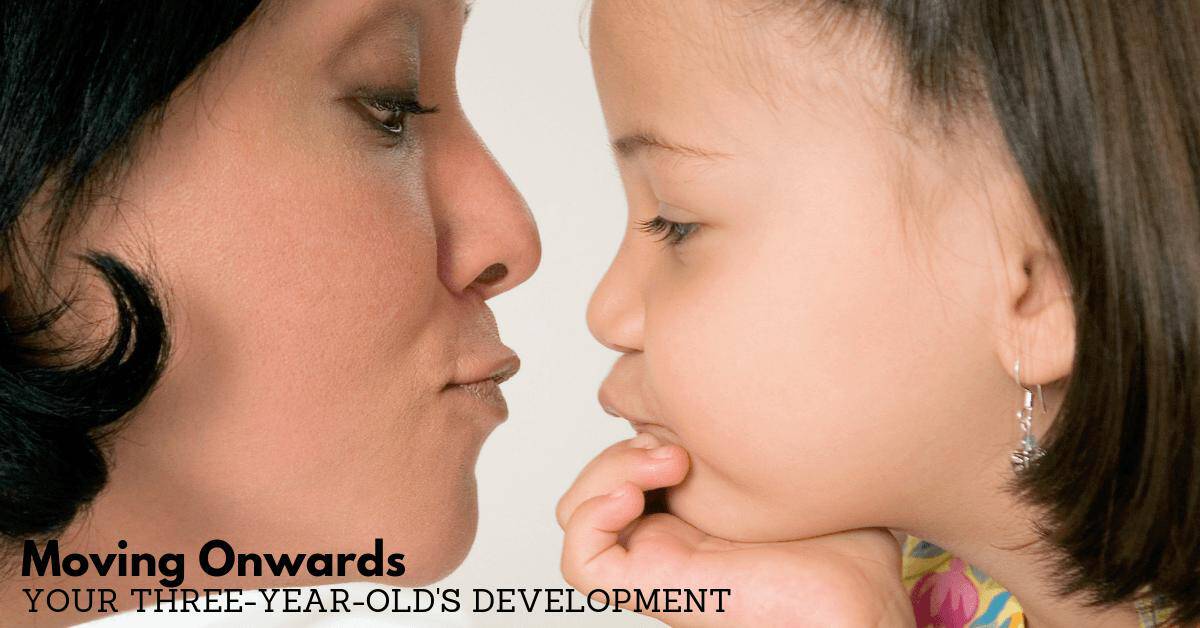One of the greatest joys as a parent is watching your child learn and develop, but how do you know if she’s on track and hitting her milestones? What can you do to help her become confident in her abilities to move on to the next level?
At three-years-old, your child is much more mobile and confident than she was just a few months ago. She’ll have more control over her direction when she’s walking or running, and may even be able to tiptoe or hop on one foot. She’ll walk up the stairs with one foot on each step and might also be confident enough to do it without holding onto anything. She’ll be able to throw a ball overhand and even catch a large ball between her extended arms, at least some of the time. She can also kick that same ball forwards. You can help her perfect these skills by allowing her to play in environments that encourage these activities, such as the park or soft play areas.
Your child’s fine motor skills are also coming along nicely—she should be able to eat from a spoon without spilling her food, wash and dry her hands by herself, and get dressed with a little help from you. She can hold crayons with more confidence, what she draws will be more recognizable, and she can use toy scissors to cut things. Anything that allows your child to practice these skills is invaluable. Giving her paper, crayons or pencils will help her develop the dexterity she’ll need when she learns to write—though she may find the walls are a more attractive writing surface than paper for a while yet! Now is an excellent time to start encouraging her independence. Letting her eat or dress on her own, even if it takes longer, will help, since it won’t be long before she starts school.
Her language and thought processes will also be developing quickly. She’ll be able to match a few colors as well as know the names of some of them. She will love stories—this is the period when you may find yourself reading her favorite story over and over again. Your child’s vocabulary will be increasing daily, though she might not be using the new words she learns. It’s important to keep talking to your child to help her learn things like sentence structure, pronouns, and tenses, and to listen to her as she attempts to put her new language skills into practice.
The way your child plays will also be changing and becoming more imaginative as she practices her problem solving, creativity and language skills—although the stories she tells may be heavily based on books or TV programs. This is a good time to introduce your child to dress-up clothes, if you haven’t already, as well as creative activities such as play dough, sand and water, paints or baking. Her creations might not make much sense to you, but it’s an important outlet for her to transfer her ideas into a more concrete form. It’s also vital that she has the opportunity to play with other children, to allow her to develop the social skills that will enable her to fit into the school environment.
This is a key time for your child to gain a solid physical, cognitive and social foundation that she’ll need when she starts school—skills that will not just help her survive, but thrive in the formal learning environment—and your role in this is essential.



